Bishop's Wood
The burial site of a murdered bishop and his alleged killers.
Perhaps you’ve heard of the children’s story “Three Billy Goat’s Gruff.” Well, this historical incident shares a similar story, only it ends with a ghastly murder and a vengeful execution.
To understand this particular harrowing situation, it is best to give it a bit of context. During the end of the 17th century, Scotland was undergoing a period of upheaval and unrest, which is often referred to as the “Killing Times.” It was a religious conflict around who should lead the church, with governmental forces of both King Charles II and James VII on one side, and the Presbyterian Covenanter movement on the other.
On the night of May 3, 1679, the Archbishop of St Andrews, James Sharp was traveling by stagecoach with his daughter along the Bishop’s Road. It just so happened that a group of Covenanters was also traveling on this same path. They were out looking to execute the Sheriff of Fife, whom they were convinced was responsible for cracking down on their religious principles.
When they encountered the coach, they took it as a sign from up above that the Archbishop was to be slain for holding pro-governmental views. He was forced out of the carriage and murdered in front of his daughter. In an act of retaliation for this assassination, five Covenanter prisoners were brought to the scene of the crime and hanged.
The woods at Magus Muir contains two sets of burial monuments. In an open field, off the B939, you have a headstone surrounded by a metal fence. The inscription reads: “Here lies Thos Brown, James Wood, Andrew Sword, John Weddell and John Clyde who suffered martyrdom on Magus Muir for their adherence to the Word of God and Scotland’s Covenanted Reformation, Nov 25 1679”.
A short distance away, to the right, is a pyramid-shaped cairn to honor Archbishop Sharp. Attached is a metal plate with an inscription in Latin. Both memorials were later restored in 1877 by John Whyte-Melville. A more elaborate monument to Sharp can be found in nearby St. Andrews, at the Holy Trinity Church. The body of the Archbishop was reportedly removed in 1725 and the whereabouts are unknown.
Of the original perpetrators of the initial crime, several were found and executed in Edinburgh. The head and two hands from three of them are said to be buried in combined graves at Cupar Old Parish Church. There is, however, a headstone to one named Andrew Gullin.
Know Before You Go
Magus Woods does have parking facilities. The paths are well maintained, but will often reflect the dampness of the weather. There is a signpost indicating the location of both memorials and the path takes you on a circular route. The area is used by both birdwatchers and dog walkers.
Plan Your Trip
The Atlas Obscura Podcast is Back!



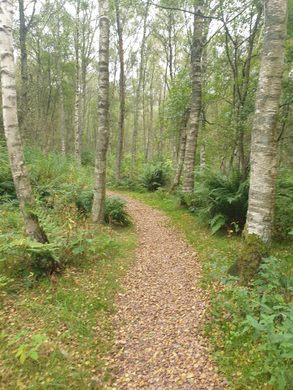




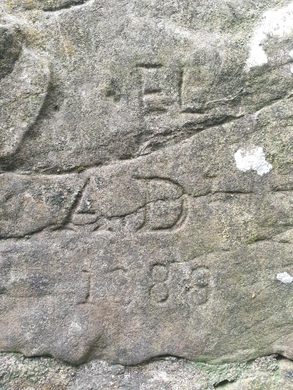

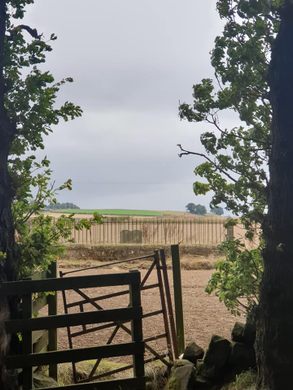





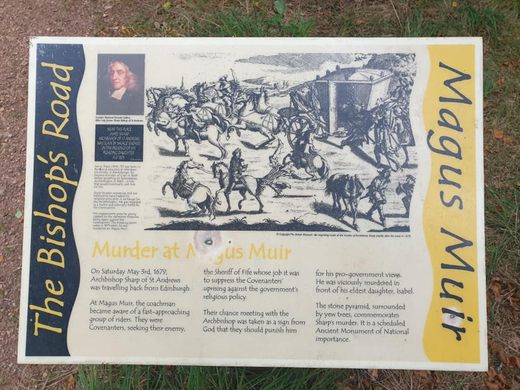






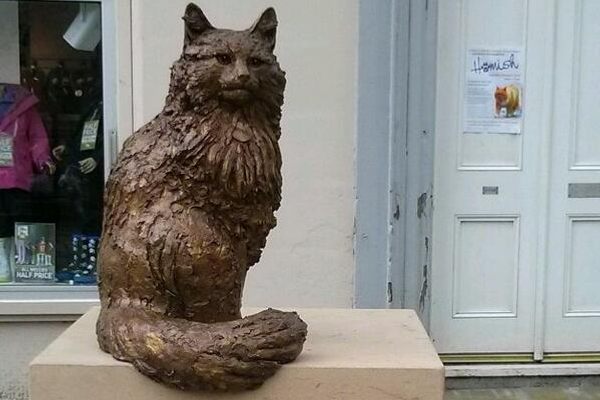
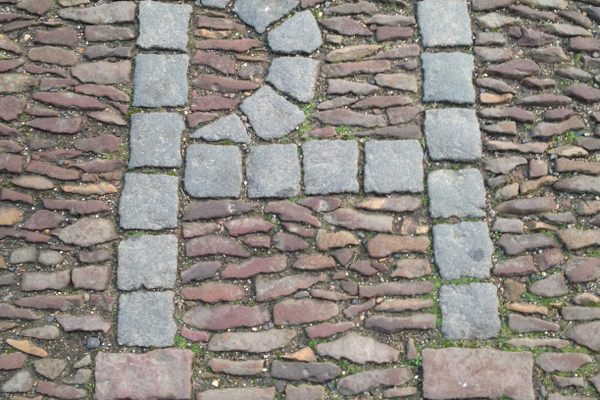





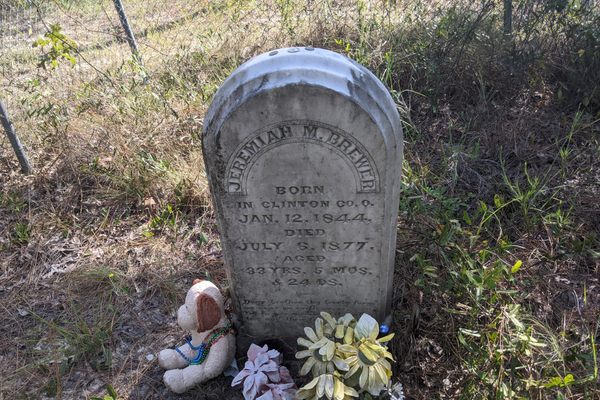

Follow us on Twitter to get the latest on the world's hidden wonders.
Like us on Facebook to get the latest on the world's hidden wonders.
Follow us on Twitter Like us on Facebook